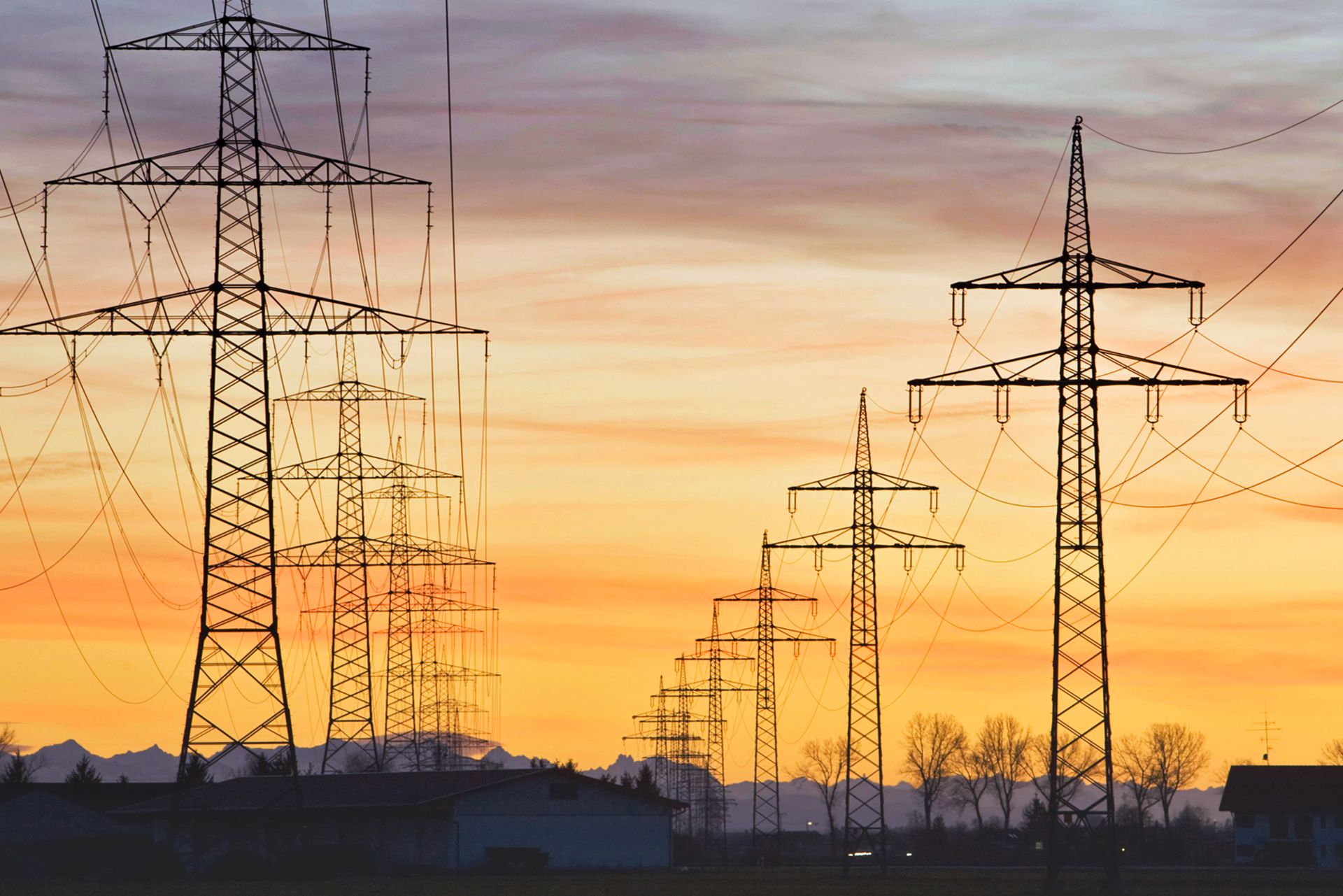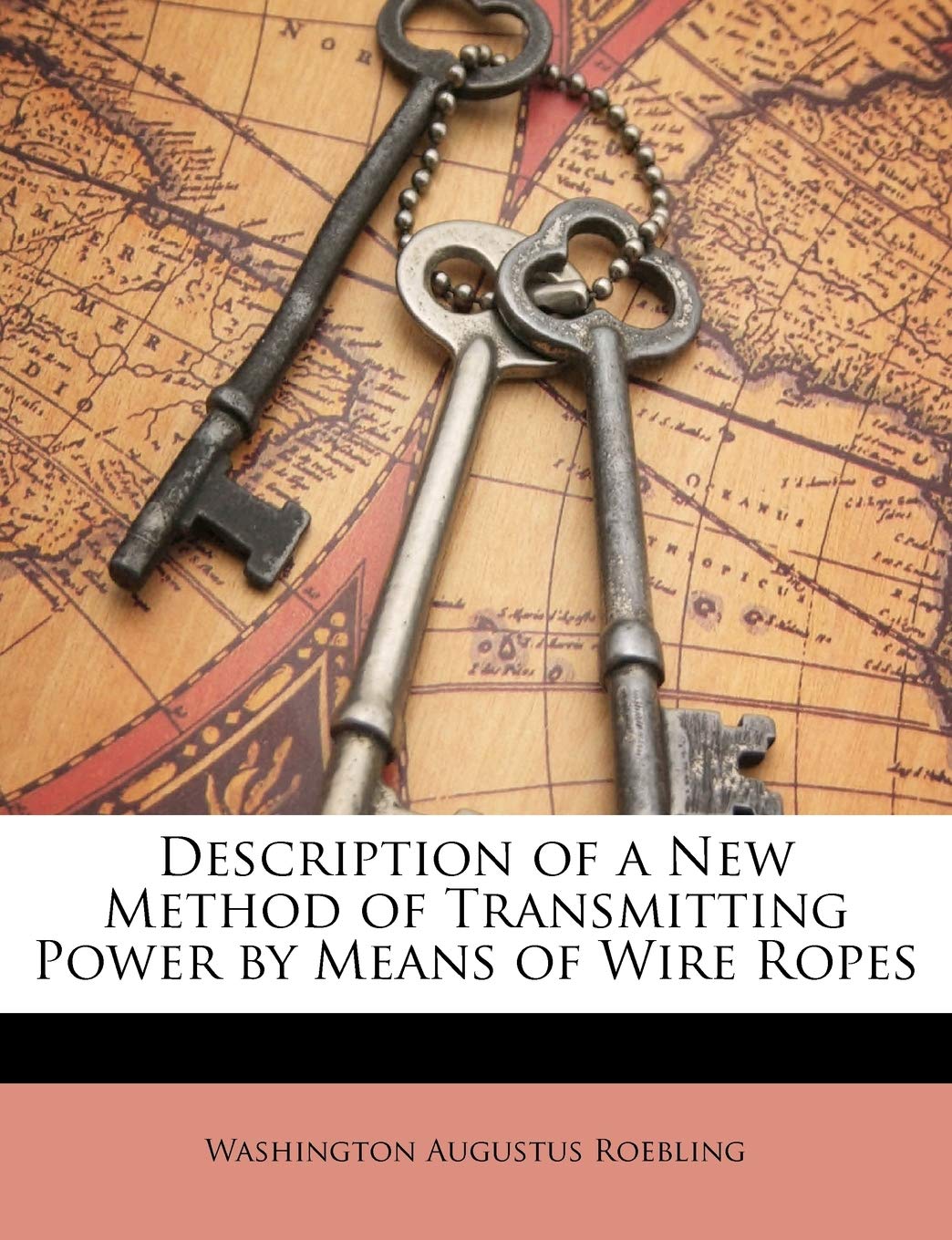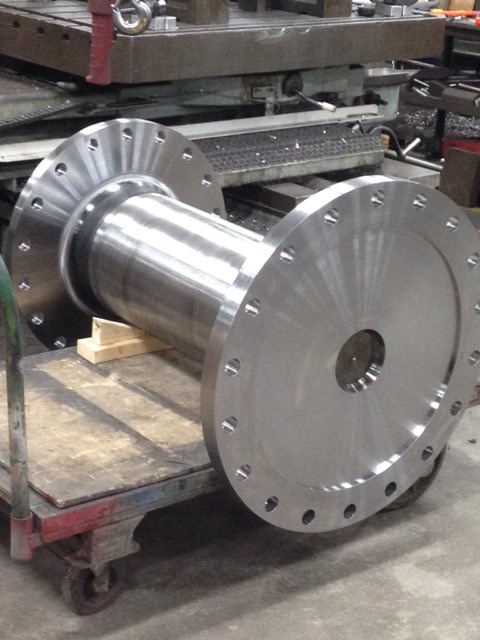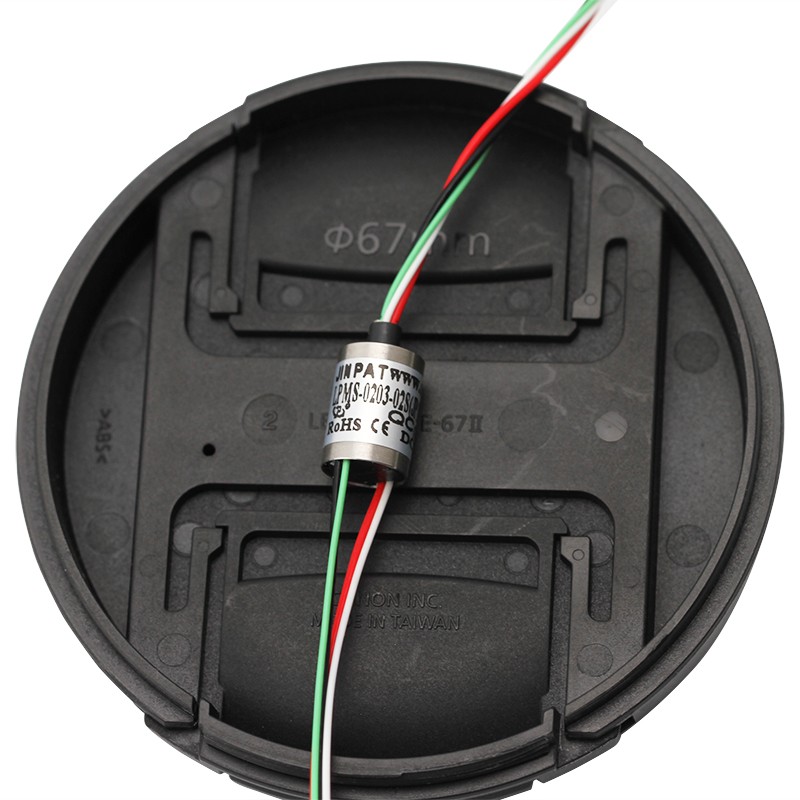Space Solar Power Transmission. The laser beam and microwave power transmission systems are currently the most promising technologies for wirelessly transmitting power over the long distance from a satellite in orbit to the surface of the Earth. The two methods differ in size, mode of operation, efficiency, and cost. Overall, electrical supply systems are the network through which consumers of electricity receive power from a generation source (such as a thermal power station).Power transmission systems – including short transmission lines, medium transmission lines, and long transmission lines – transport the power from the generation source and into a power distribution system. Back in the day when phones and base stations transmitted analog signals, both the wireless device and base stations transmitted high levels of radio power. 3–5 watts (35-37dBm) for the brick phones and over 100 watts or 50dBm for the base station.

Michael Shu
December 9, 2011
Submitted as coursework for PH240, Stanford University, Fall 2011
| Fig. 1: Laser energy used to power a model airplane with solar cells. Source: Wikimedia Commons (Courtesy of NASA). |
Introduction
After generating power at any power plant, it is necessary to transport the power to the places where it will be used. Currently, this is achieved largely through thick transmission lines, which require a lot of material and tall towers. However, there is an interesting possibility of transmitting electrical energy without these cumbersome structures, by implementing wireless power transmission. Various methods of wireless energy transfer are being studied that may allow us to transmit large amounts of power over long distances without the need for a conducting connection. Additionally, wireless transmission presents the possibility of sending and receiving power from space, which can have useful applications.
Microwave Power Transmission
One of the earliest demonstrations of wireless energy transfer was the use of microwave radiation to power a small helicopter in 1964. [1] This experiment contained the basic elements of microwave power transmission: a source of electromagnetic radiation, and a microwave receiver with a DC rectifier to transform the microwave energy into DC electrical power. Since then, efforts have been made to increase the efficiency, power, and range of microwave transmission.
The highest microwave-to-DC electrical energy conversion achieved was 84% in an experiment in 1975. [2] However, more practical systems with higher power output have had lower efficiencies. A team in Japan built a system consisting of a set of solar panels attached to a microwave transmitter, and a receiver which converts microwaves to a DC voltage. The transmitter was designed to track the receiver and automatically direct its microwave output toward the receiver. This system was able to achieve a conversion efficiency of over 75% with an output of 300 watts. [2] A next desired goal would be to achieve high efficiency energy transfer over long distances.
Laser Transmission
Client vmware for mac os x. The laser method of energy transfer involves shining a laser beam onto a photovoltaic receiver. This requires the ability to precisely track the position of the receiver relative to the laser transmitter. The advantage of a laser is that its monochromaticity allows better control of the beam over long ranges, as well as a possibility to tune the photovoltaic receiver to the laser beam. Recent experiments using commercially obtainable laser sources have generated over 7.2 watts of photovoltaic output from a 70 watt laser beam (from which only 25 watts reached the receiver). This corresponds to a power density of 13.6 watts per square centimeter of receiver area, as well as a 28% optical-to-electrical conversion efficiency, which is promising for real applications if the experimental result can be scaled to larger systems. [3]
| Fig. 2: A schematic of the proposed solar power satellite. |
Solar Power Satellites
If an efficient method of wireless power transmission is developed, one possible application would be a solar power satellite. [2] This idea consists of having a satellite with solar panels orbiting the earth. The satellite generates electrical energy using its solar cells. This energy is converted into an electromagnetic wave and transmitted wirelessly to receivers on the earth. The receivers then convert the transmitted energy back into usable electrical power. Although the Japanese group mentioned above managed to achieve 75% efficiency for a 300 watt conversion using solar panels and microwave transmission, this is quite a long way from useful application. To demonstrate technical feasibility, researchers would first like to transmit kilowatts of power from a satellite in low-earth orbit. Additionally, a target 80% conversion efficiency is desired within both the trasmitter and the receiver. [2]

Since the satellite orbits above the atmosphere, it would be consistently collecting solar energy, as opposed to photovoltaic systems on earth which may be obstructed by weather conditions. Also, a single satellite could potentially provide power to many locations around the world by having multiple wireless power receivers linked to the satellite. Thus, the development of solar power satellites could consistently provide clean energy around the world. [2]
Conclusion
Wireless power transmission would have many interesting applications. Some of the applications involve simply powering devices or vehicles from a remote power source. However, the energy grid could be affected as well. If long distance, high efficiency wireless power transmission is possible, we could reduce our reliance on transmission lines to transfer energy over long distances. Moreover, wireless power transfer could allow an alternative source of clean energy by transmitting solar power from space back down to places where it is needed on earth. Further research into wireless transmission will show whether some of these plans are feasible.
© Michael Shu. The author grants permission to copy, distribute and display this work in unaltered form, with attribution to the author, for noncommercial purposes only. All other rights, including commercial rights, are reserved to the author.
References
[1] W. C. Brown, 'The History of Power Transmission by Radio Waves,' IEEE Trans. Microwave Theory and Techniques 32, 1230 (1984).
[2] H. Matsumoto, 'Research on Solar Power Satellites and Microwave Power Transmission in Japan,' IEEE Microwave Magazine, 3, No. 4, 36, 2002.
[3] D. E. Raible, D. Dinca and T. H. Nayfeh, 'Optical Frequency Optimization of a High Intensity Laser Power Beaming System Utilizing VMJ Photovoltaic Cells,' Space Optical Systems and Applications (ICSOS), 2011 Intl. Conf. (IEEE, 2011), p. 232.
Technical corner
The mechanical VU-meter used in some Yaesu transceivers. |
Check your transmitter power
In the past many amateurs had in their shack a 50-ohm dummy load, an external wattmeter and an oscilloscope to get accurate measurements of signals emitted by their transmitter. Today with the electronic revolution, many of these accessories disappeared from most new hamshacks. They are useless as some RTX provide them built-in. But rare are radios equipped with an oscilloscope! So, without checking are you sure of your digital VU-meter accuracy ? How to know if your transmitter delivers the rated emitting power if all amateurs give you a '59' inside a radius of 8000 km around your QTH ?
It is interesting to answer to that question because it is always frustrating to buy an radio delivering 100 W PEP but that practically transmits less than half that power in peak SSB to the antenna. But there is not really advantage of doing a hardware modification at the audio (microphone circuit) to increase its power and reach these 100 W in SSB if the mike circuit is capable of fully driving your radio. The circuit of modern RTX is surely capable. All you will end up doing is adding distortion, lowering the setting you keep on your mike gain, and produce more QRM of bands.. Some do, but a good amateur radio shouldn't.
On another side, are you sure that your antenna system receives well all the power of your last stage ?
If you have a second transceiver you can already make some measurements in working both exactly in the same conditions, switching from one to the other several times and asking your correspondant a QRK or a true RST report.
But nothing can resist to the accuracy of an electronic measurement, using an external SWR-meter or better, an oscilloscope.
Take the opportunity of this test to review the functioning of both instruments and their limitations in measuring the true emitting power of your transmitter.
SWR-meters
SWR-meters and wattmeters display various accuracies, some display the average power, others the peak PEP. Some are active some passive, others use a digital or an analog reading using one needle or two crossed-needles, this latter model being the most appreciated. At last more and more models can display both values, average and peak values thanks to a switch, as well as the forward and reflected power, and the SWR simultaneously. So check well in which mode is set yours before a reading.

Among all models of SWR-meters available on the place, very few are good at giving an accurate reading of voice peaks because the meter movements are too slow. If someone sees the full 100 W on SSB, (s)he either has an excellent peak reading meter, or (s)he is overdriving his or her radio. I'd say that the majority are unfortunately concerned by the second method.
With 'normal' drive, I mean an average speach, you will usually see only about 40 watts on an average meter when doing 100 W PEP out. This is normal when we know how work SSB !!! Meredith talusan photos. Even don't try to pump up the gain to get more reading. You will just overdrive and shorten the live time of your RTX.
Passive peak SWR-meters are always slow, sluggish, and never read the full actual output. Most will average about 80 W peaks, when you transmit an actual 100 W peaks ! All they are doing is adding a small electrolytic cap to the meters to give some 'hang time'. Forget this model.
This being said, today most passive SWR-meters and wattmeters display an error margin within 3-10%, reasonable for their price. They are of course not laboratory grade instruments that cost up to thousand dollars and more.
Then you have active peak SWR-meters. These will be the most accurate, using an electronic circuit that amplifies the reading before display. But they are always unable to read a gospel voice ! If you can adjust your microphone gain and be within the normal ALC specs for that radio, you have enough mike drive. Most if not all modern RTX respect this way of working.
If you can whistle hard into the mike, and get nearly 100 W on the meter, you have enough mike drive. Don't worry about what you read on SSB and if you lack some watts of power. If you are doing 100 W in CW, you should be doing it on SSB too and other modes (excepting AM that will reach 25 W by design), within the error margin of your meter.
Take another example. If I run 1 kW out of my linear amplifier, I usually see only about 300 W on average meter voice peaks. You don't think that my voice peaks are really 1 kW ? Go out and grab the end of my antenna when I emit.. I am 100% confident that you will get back to me after the paramedics wake you up and probably bandaged your injuries at hands ! (for the readers who don't know this effect yet, know that the energy - and current - flowing in a 1 kW antenna is able to shock you.

So in emission do never touch an antenna, neither its radials nor the dipole. Its ends can also burn if they are in contact with the ground or create a short-circuit if the PL connectors are wet).
Now the bottom line. According to some advanced hams, very, very few wattmeters or SWR-meters are worth to be acclaim at measuring SSB voice peaks. If you are concerned by this so-called problem you are worrying about an issue that probably doesn't really exist. Well, unless case you do have a radio problem, but this is rather rare. In case of doubt you can ask your dealer to verify the power of your RTX in all modes. That will cost you a hour of labor by a radio engineer or about 50 euros.
To read : SWR, the radiation resistance
And if my microphone was faulty ?

Most all radios are set up from the factory to have the mike controls match the stock mikes. So if you use the stock hand mike, or stock desk mike, the microphone gain controls 'should' end up being set in the middle range of the mike gain control (usually set to '50' on a Kenwood TS-570D or to '5' on an Icom IC-706 which is halfway in both cases). This is the way you want your mike set up. So if you add on extra mikes, you will have to adjust the gain to match what you have, and let the radio be in the middle of its range for gain.
How to adjust mike gain while talking ? Mark Keith, alias NM5K, give us a method which seems fairly accurate. Set up your transceiver into a dummy load, and set its power output for 100 W 'full power'. Use an average SWR-meter, or if this is a peak meter set it to 'average' (RMS).
Then set the mike gain at its lowest setting. Then speak into the mike in your normal volume, and say 'x-ray' a couple of times at the lowest mike setting. Then adjust the mike gain up a notch at a time, and say 'x-ray' again a couple of times while on each increasing setting of mike gain. When you get to the point where increasing the gain makes no change on the indicated wattmeter reading, you have full mike drive. I bet that if you try this on your radio, you will end up near the half way mark on your mike drive when using a stock mike.
| ||
When you get to the point where you have no change, set it back to the first setting that gave the maximum reading, and you are pretty dang close to the proper setting. Watching a scope while doing this is even better, but this method is intended for non-scope users. And yes, being this is an average meter being used, you will likely only see voice peaks less than 40 watts or so, depends on the voice. If you add a preamp to a normal mike circuit, you will overdrive your RTX own circuit, and end up at '1' as far as your mike setting. Will make it real touchy, and easy to overdrive.
If you did the 'x-ray' test, and could go all the way to the end of the mike gain, and were still seeing increasing average power, and show no signs of clipping at all, it is then possible that you would need a preamp to get your full power. It will be fairly obvious power is down from normal, once you get used to what normal should look like on your particular meter. You can also do a hard whistle test..
Note that many old radios (Icom, Yaesu, over 10 years old) needed outboard mike preamps. Also be aware that radios will read different due to audio frequencies differences also.
The bottom line.. If you see a point of no increase when adjusting, as when 'normal', there is no point in adding any preamps. And also no point in worrying what a particular meter reads on voice peaks unless it is radically off from normal. The meter movements just can't keep up.
By way of conclusion, misunderstanding SWR-meter or wattmeter action and how microphones and their features work is very common among newer amateurs. It is why many overdrive, when they really are not intending to. They are fooled by those dang blasted SWR-meters or those mikes more or less excited..
The problem can however happen when your old transceiver transmits all its power and not your new model for an unknown reason. In this particular case, there is of course something different between both rigs. Most of the time this is probably an undocumented setting in a secundary menu that has to be changed on your new RTX. In the worst case you have to make an hardware modification on the audio circuit (e.g. for the Kenwood TS-570D serie, here are the audio block and schematic to modify) or more softly, you can modify settings in the main or servicing menu of your RTX. But most hams will never recommend you to make any hardware operation on a new radio.
Now there is a better alternative to measure your power : this is using an oscilloscope. Here is a good way to check the situation, which would make it clear whether your transmitter is actually delivering its rated power or not without risk of error.
Procedure to measure your actual power
After this long technical interlude, let's verify the emitting power of your transceiver. What you will need to do is to hook the transmitter to the external wattmeter, then to an oscilloscope, and then to a 50-ohm dummy load. You might be able to just use a BNC 'T' adapter to connect the feedline to the scope input (you would need an input which can accept signal levels of 70-100 volts RMS).; If your scope can't tolerate this high a voltage level, figure out some way to use a standard 10:1 probe to sample the RF voltage.. perhaps at one of the wattmeter connectors, or via a short SO-239/PL-259 pigtail which exposes the coax connectors for a fraction of an inch.
To read:
How to use an Oscilloscope
Set the oscilloscope in self-triggering mode (so that it will continually sweeping) with a sweep rate of 50-60 Hz or so.
Set the input sensitivity so that scope will read full-scale for a signal of about 100 volts RMS (which would be 144 volts peak, or a total of 288 volts peak-to-peak). If you have used a 10:1 probe, setting the scope to 5 volts per vertical division would be about right.
Set the transmitter for 100 W output, CW mode, and key it. The scope should display an RF envelope (it will probably display as a solid glare) which is about 3/4 of full scale on the display (70.7 volts into 50 ohms equals 100 W). Both your transmitter meter and your external wattmeter should now display 100 W, plus or minus their calibration tolerances.
Make a note of the vertical position of the signal on the scope. If you wish, crank the gain up or down so that full CW power results in full-scale vertical deflection of the scope.
Now, un-key the transmitter, switch to SSB, key the mike, and start talking.
What you would hope to see, if the transmitter is working properly, is that the display on the scope jumps up to full-scale (matching the maximum deflection on CW) when you speak loudly into the microphone. At lower voice levels, it will deflect less than full scale, probably between 20-50 W for a 100 W PEP transceiver.
If speaking strongly into the microphone delivers full-scale vertical deflection, then your tranmitter is delivering 100 W of peak power (plus or minus the calibration error), and there is nothing wrong with it.
Half-scale vertical deflection would be 25 W. Quarter-scale would be about 6 W; you are QRP !
Most of the time your emitting power, whatever the mode (FM, FSK, CW, USB, LSB) must be around the PEP value more or less 5-8%. Of course in AM, by design you cannot transmit more than 25 W for a 100 W PEP SSB emitter.
The procedure is easy to set up and to follow. In case of problem or if your transmitter has to be servicing for one reason or another, do not hesitate to ask the technical staff of your manufacturer to make a test and to provide you the numbers for each band and mode as I did with my TS-570D.
I hope that this procedure will help you in your diagnostic.
I warmly thanks Dave Platt, AE6EO, for his technical expertise.
For more information
Tektronix (oscilloscope software)
Transmitting Power Wifi
Picoscope (oscilloscope simulator to download)
